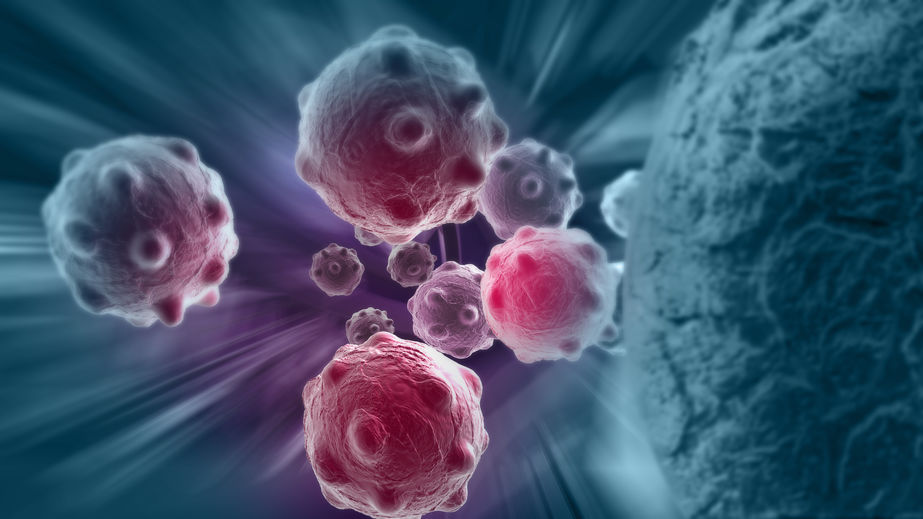
Tissue specific tumour transition needs few cells
German researchers have modeled when cellular alterations inevitably lead to the development of cancer. The transition is tissue-specific and needs only a few cells.
Anja Voss-Böhme from University Dresden and researchers at the German Cancer Center in Heidelberg used a model that links epigenetic and genetic alterations to increasing malignancy of cells. Human epidemiological data on the ratios of progression types with and without detectable benign precursor stages exhibit large differences between cancers.
The researchers used data of the ratios of progression types in human cancers to estimate the homeostatic range of competition between malignant and wild-type cells in human tissues. This homeostatic competition range can be interpreted as necessary numbers of altered cells to induce tumour formation on the tissue scale. For this purpose, they developed a cell-based stochastic model which is calibrated with newly-interpreted human epidemiological data. They found that the number of tumour cells which inevitably leads to later tumour formation is surprisingly small compared to the overall tumour and largely depends on the human tissue type.
This points toward the existence of a tissue-specific tumour-originating niche in which the fate of tumour development is decided early and long before a tumour becomes detectable. Moreover, the results suggest that the fixation of tumour cells in the tumor-originating niche triggers new processes which accelerate tumour growth after normal tissue homeostasis is voided. Their estimate for the human colon agreed well with the size of the stem cell niche in colonic crypts. For other tissues, their results might aid to identify the tumour-originating cell type. For instance, data on primary and secondary glioblastoma suggest that the tumours originate from a cell type competing in a range of 300 to 1,900 cells.


 Picture from Ferdinand Stöhr on Unsplash
Picture from Ferdinand Stöhr on Unsplash  Photo from Giulia Bertelli on Unsplash
Photo from Giulia Bertelli on Unsplash  Engitix
Engitix